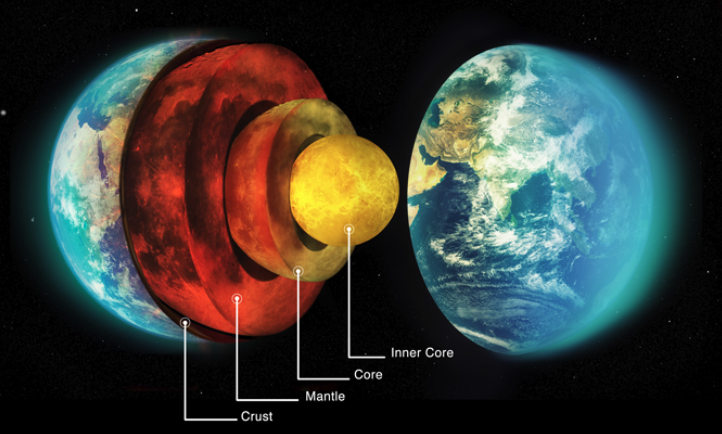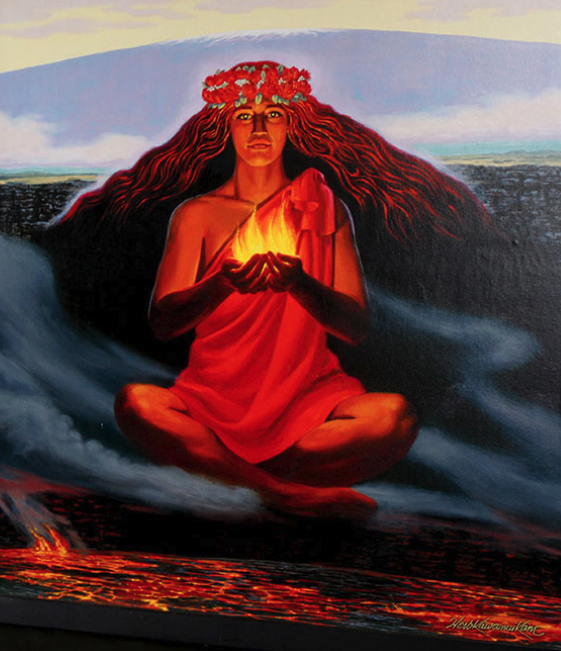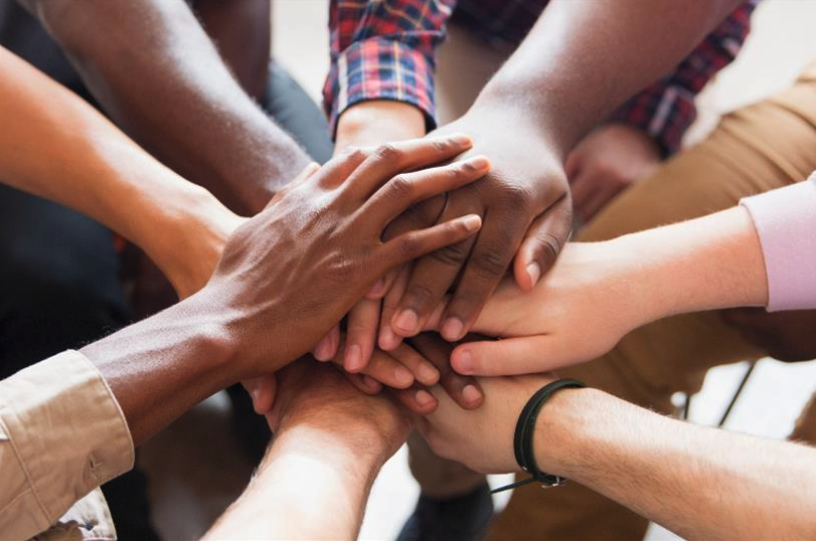Geology Study Guides
 |
Formation of Planet EarthOur Milky Way galaxy came together nearly 14 billion years ago when enormous clouds of gas and dust coalesced under the force of gravity. Over time, two structures emerged: first, a vast spherical “halo,” and later, a dense, bright disk. Billions of years after that, our own solar system spun into being inside this disk, so that when we look out at night, we see the Milky Way. |
 |
Layers of Planet EarthThe Earth is made of many layers. We live on the outer layer, a thin layer of rock and water floating on an ocean of molten rocks and metals. |
 |
Change and Plate Tectonics |
 |
Time and the Surface of the Earth |
 |
Fire and the EarthVolcanoes have existed for a long time on Earth, and they deserve our greatest respect. They may have caused major planetary disasters, such as the Permian Mass Extinction about 250 million years ago, which may have been the greatest mass extinction on Earth. |
 |
Pele: Goddess of FirePele, the Hawaiian Goddess of Fire---like the volcanos she represents---deserves our greatest respect. Hew beauty is awe-inspiring, her moods fiery, and her fury immense. |
 |
Types of Rocks |
 |
Experiment: Growing Salt CrystalsCreate a supersaturated solution. As the solution becomes unstable, salt crystals will form. |
 |
CrystalsCrystals are the outer form of a mineral's inner order. Nearly every piece of rock on Earth is made of minerals, each of which has a precise arrangement of atoms. |
 |
Identifying RocksTo identify a rock, think like a geologist and examine its physical characteristics for clues. |
 |
Fossils |
 |
Minerals and LifeWe are a part of the Earth, a piece of the whole. Just as our terrestrial planet is made of specific minerals, we are made of the same minerals. Our bodies need many essential minerals to remain healthy. A well-balanced diet can provide all the minerals we need. |
 |
Deep Ocean Vents |
 |
A Pale Blue Dot |
Copyright (c) 2024, Ron Liskey



